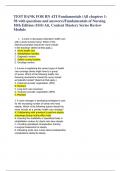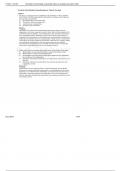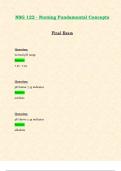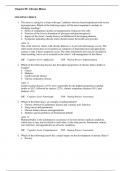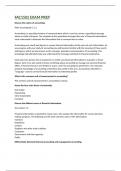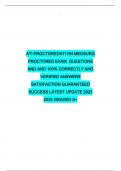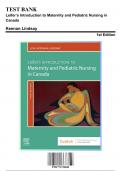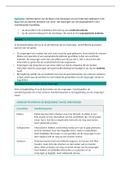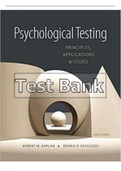Exam (elaborations)
TEST BANK FOR RN ATI Fundamentals (All chapters 1- 58 with questions and answers)/Fundamentals of Nursing 10th Edition (10.0) Ati, Content Mastery Series Review Module
- Course
- Institution
TEST BANK FOR RN ATI Fundamentals (All chapters 1- 58 with questions and answers)/Fundamentals of Nursing 10th Edition (10.0) Ati, Content Mastery Series Review Module 1. A nurse is discussing restorative health care with a newly licensed nurse. Which of the following examples should the nurs...
[Show more]
